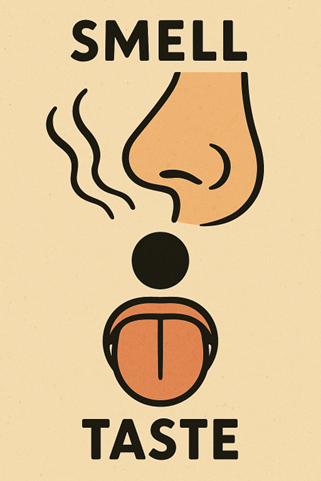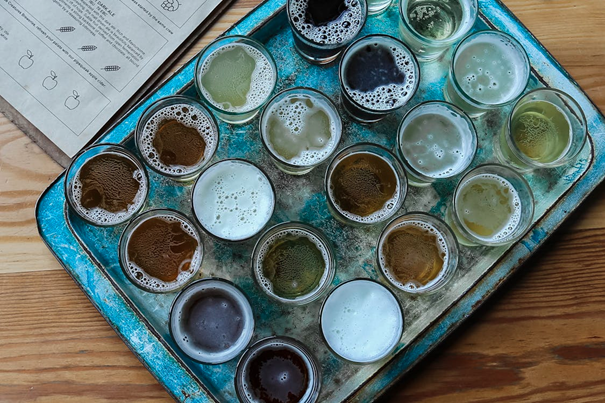Understanding and differentiating flavors and aromas
When we taste a spirit or non-alcoholic beverage, our experience is often summed up as "taste". However, this term, too often used to designate the entire tasting experience, really only covers the flavors detected by the tongue. In practice, it's the aromas picked up by the nose that shape most of our tasting perception, even when the liquid is in the mouth.
Nicolas Malfondet
5/13/20253 min read
Flavors: the five pillars of the mouth
The tongue discerns only five main categories of flavor, detected by the taste buds:
Sweet (glucose, fructose... and sweeteners in a slightly different way)
Salty (sodium ions)
Acidic (hydrogen ions, citrus fruits...)
Bitter (tannins, quinine...)
Umami (glutamate, meat, mushrooms...)
These sensations, called gustatory, account for less than 20% of the overall impression: they give us the basic structure of the product (more or less sweet or acidic, very salty, too bitter or subtly umami), but do not explain the aromatic richness of a fruity rum, a peaty whisky or a spicy alcohol-free gin.
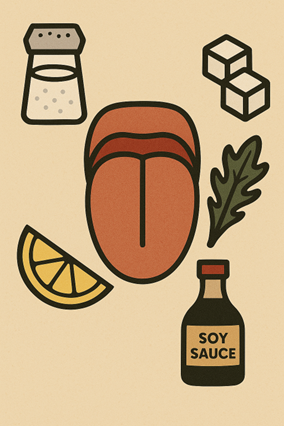

Aromas: the power of the nose
Unlike the tongue, the nose, via its millions of olfactory receptors, can distinguish a colossal number of odors: according to a study published in the journal Science, almost a trillion (a billion billion!) different aromas are perceptible by human olfaction. It's this finesse that gives a tasting its complexity: fruity, floral, spicy, woody, smoky notes...
There are two olfactory perception pathways:
Orthonasal: detection during inhalation by the nose, without mouthing
Retronasal: during mouthing, aromas return to the nose during exhalation or swallowing.
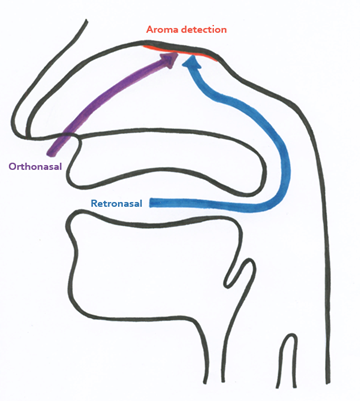

Trigeminal sensations: a third axis
In addition to flavors and aromas, our mouth and nose also possess trigeminal receptors, responsible for sensations of:
Astringency (dryness, raspy tongue)
Pungency (capsaicin in chili peppers)
Fresh (menthol)
Tingling (carbon dioxide)
Warmth (high alcohol content, temperature)
These impressions, often confused with taste or smell, are in fact a form of mild pain or chemical tactile stimulation, contributing to the overall perceptions in the mouth.


The blocked nose experiment
To understand the importance of the nose, here's a little test:
First tasting: pinch your nose (or use a nose-clip) and keep it pinched until the end of the second tasting. Swallow the drink, preferably an unknown one. Concentrate only on the tongue: sweet, salty, bitter, acid, umami and trigeminal sensations. You'll find that you don't perceive any aromas and can't concretely identify the type of beverage you're tasting.
Second tasting: still with your nose pinched, take a second sip and unblock your nose as you swallow. Immediately notice the difference: explosion of fragrances, aromatic complexity, length on the palate... You'll then be able to identify the unfamiliar beverage more easily.
This "blocked nose test" reveals that, in reality, over 80% of "taste" depends on olfaction, both retro and orthonasal.
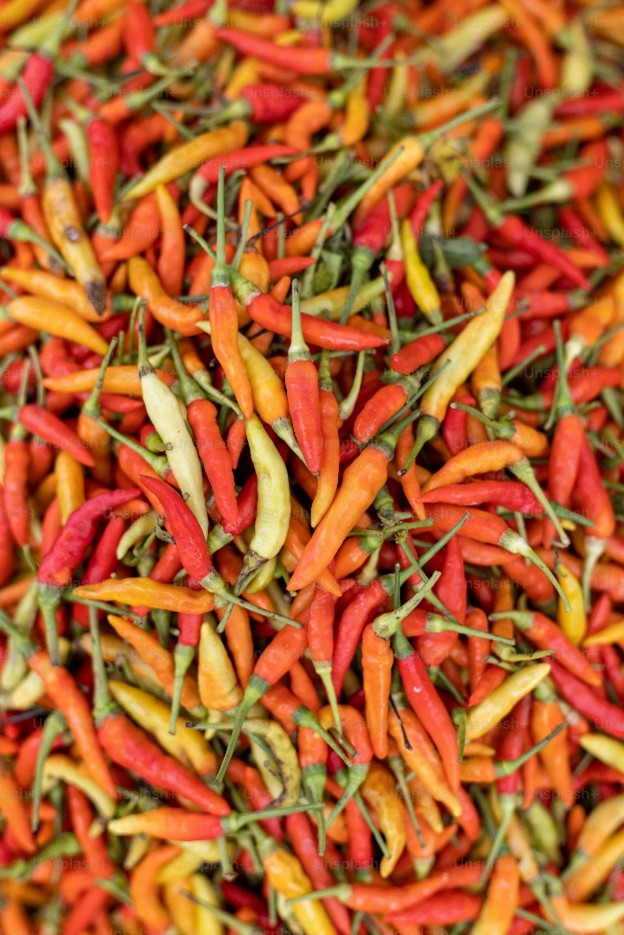

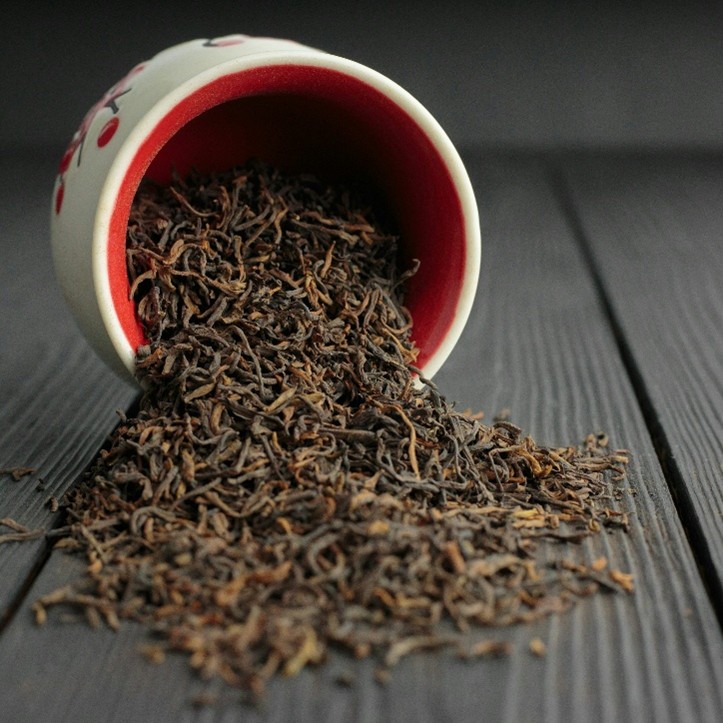

Why talking about "taste" is misleading
In everyday language, "taste" is used to describe all impressions in the mouth. Technically, taste (gustation) is a synonym for flavor, covering only the five detected by the tongue. As you will have gathered from this article, "a fruity taste" is linked to the nose, not the mouth.
In a nutshell
Tastes = Gustation = Flavors: detected by the tongue (sweet, salty, sour, bitter, umami)
Aromas = Smells = Olfaction = Odors: perceived by the nose (orthonasal and retronasal), up to a trillion different notes
Trigeminal sensations: astringency, pungency, freshness, tingling, warmth
By mastering these notions, you'll be able to refine your tastings, whether of spirits, wine, beer or non-alcoholic drinks, and better grasp the magic of aromas and flavors, which dance between your nostrils and taste buds respectively.
